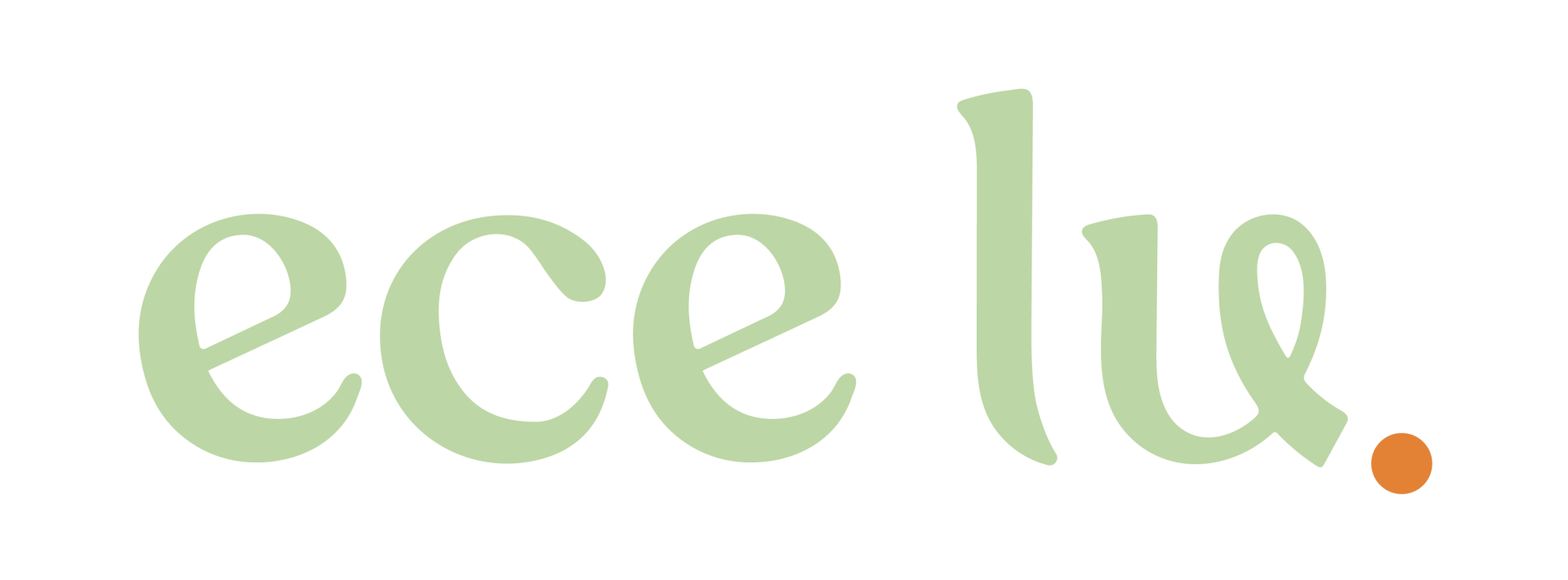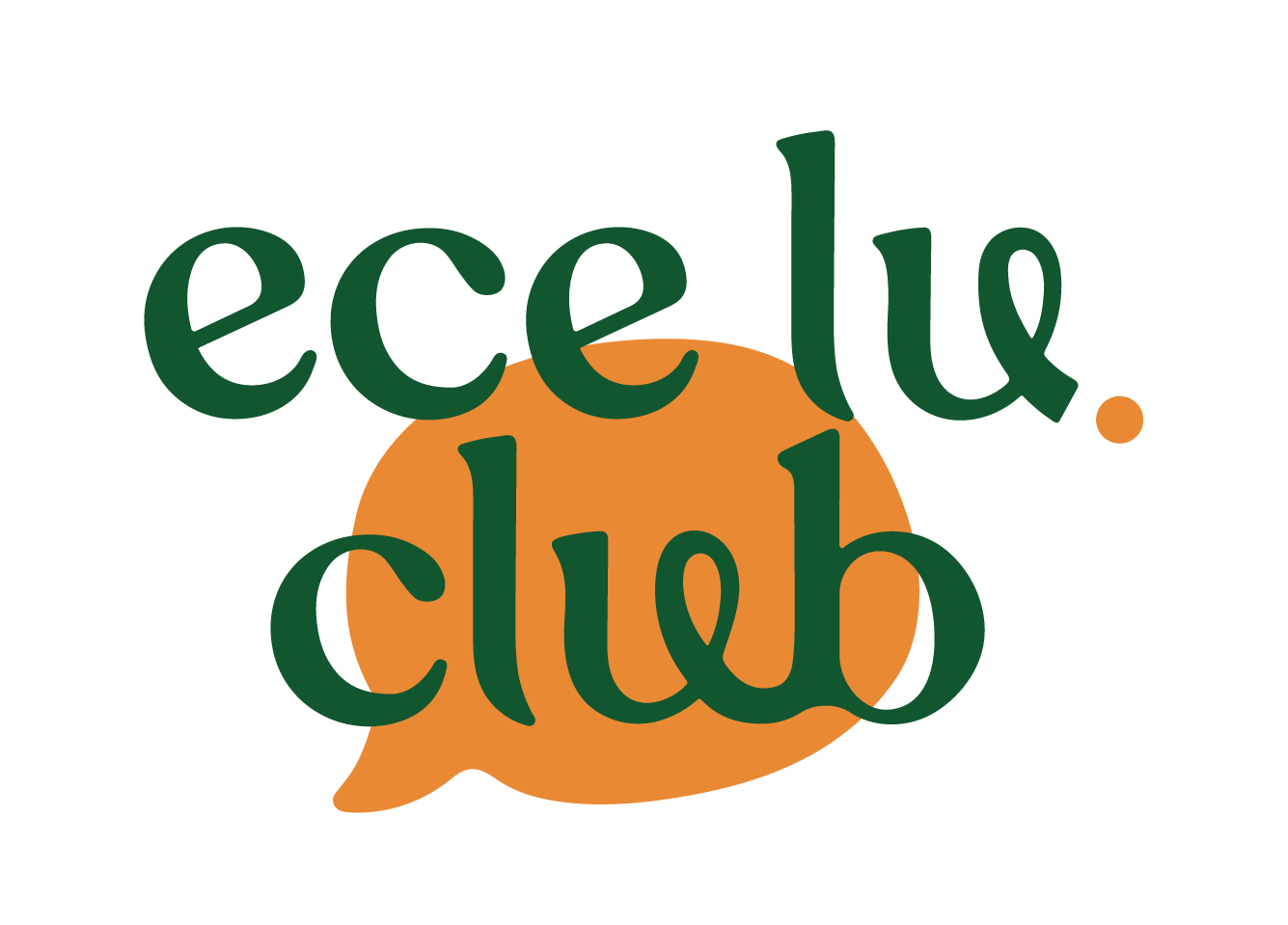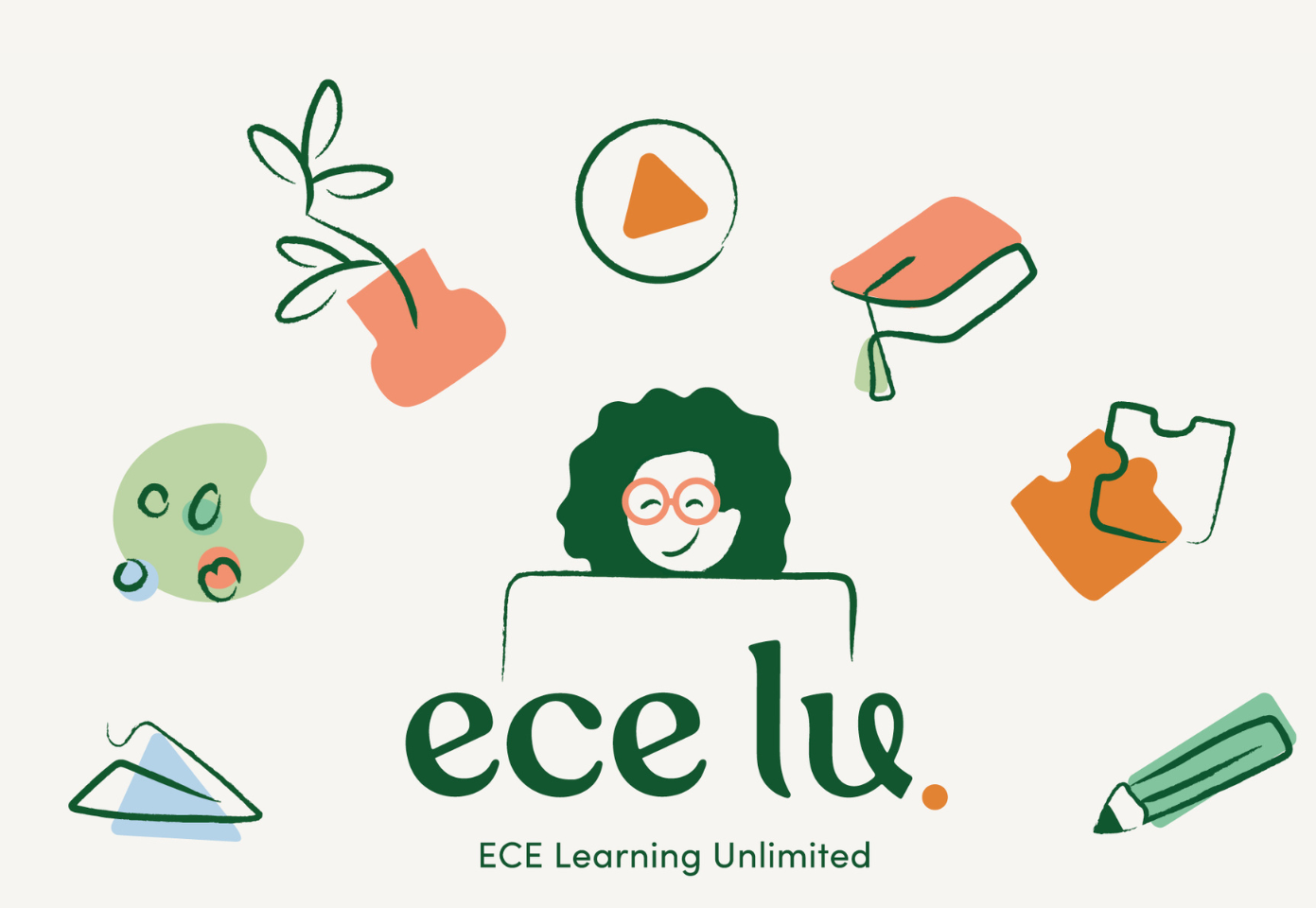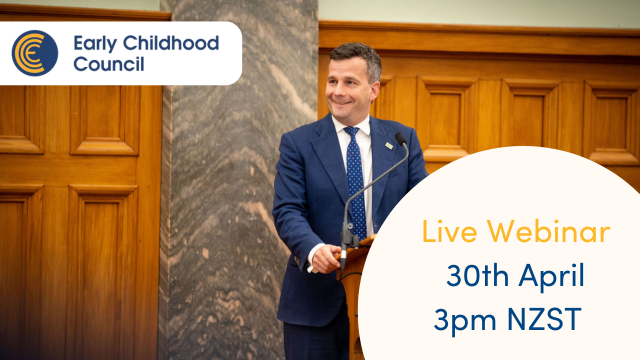“I think the two most important factors to support tamariki to make their own choices and solve problems independently are opportunity and role modelling.” – Sarah, former ECE teacher
In the rush of daily routines and centre life, it's so easy to overlook the quiet moments of power and agency that happen when we pause, listen, and step back. A child deciding how to solve a problem. A kaiako trusting their instincts without needing approval. These moments matter deeply, not just for the outcomes they bring, but for what they say about how we value each other.
In early childhood education, power and autonomy are about recognising the capabilities of both tamariki and kaiako. It’s about holding space, not holding control - making room for choice, voice, and shared leadership. In this blog, we explore what this looks like in our day-to-day practice and why this kaupapa matters in shaping empowered, equitable early learning environments.
Young children show us their independence in everyday ways, such as simply choosing who to play with, deciding whether to join a group, negotiating turns, or asserting their preferences. These are foundational experiences of agency. As educators, we can either lean in intentionally, hear them, and support this or unintentionally suppress it by rushing in, overriding their decisions, or managing outcomes too tightly.
Autonomy-supportive teaching means offering guidance without removing choice. It means stepping in when needed, but also stepping back when possible - allowing children to problem solve, express disagreement, and make mistakes safely, knowing that it’s okay!
The same principles apply to us as educators. When kaiako are trusted to make professional judgments, lead inquiry, and bring their unique strengths to their role, they feel seen, motivated, and fulfilled. When that autonomy is removed or restricted by rigid systems or top down decisions, our capacity to thrive and respond authentically to our tamariki, can be diminished.
“When I feel most trusted, is when I’m encouraged to follow the lead of my learners without needing to ‘check in’ first. It shows that leadership believes in my capability as a professional.” - Stacey U2 Kaiako
Professional autonomy isn’t about working in isolation, it’s about collaboration that respects the competence and knowledge that we bring. Within teams, this also means recognising and navigating power dynamics. Do all voices have space? Do we make time for true dialogue? Shared leadership doesn’t just mean shared workload; it means shared value and direction too.
While we all work within the boundaries of policies, ratios, and regulations, kaiako must be empowered to reflect critically, take initiative, and challenge inequities when needed. When autonomy is honoured, professional growth and innovation flourish.
“Ehara taku toa i te tea takitahi, engari he toa takitini” - Success is not the work of an individual, but the work of many.
In both child and adult spaces, the sharing of power starts with trust. It requires a move away from controlling behaviour management or rigid leadership and toward responsive, relational teaching.
Reflect for yourself:
- How do I share power with children?
- When do I feel most autonomous as an educator?
- How do we foster a culture of empowerment in our team?
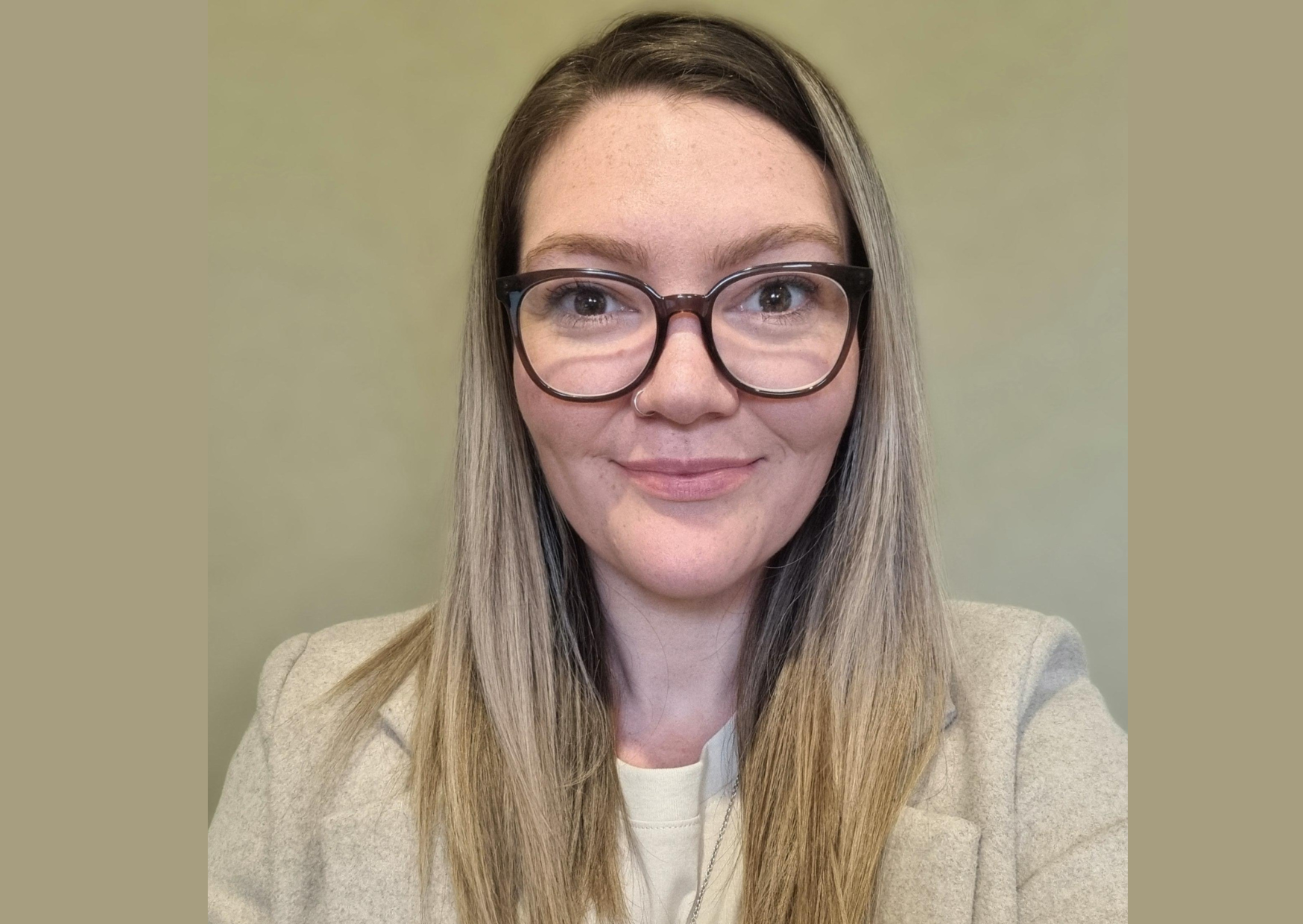
Jessica Thomson
Jess is an experienced early childhood leader and educator with a passion for inspiring teachers and supporting professional growth. A proud mum of three, she blends real-life experience with a deep understanding of early learning, leadership, and curriculum design.
Share your thoughts...

